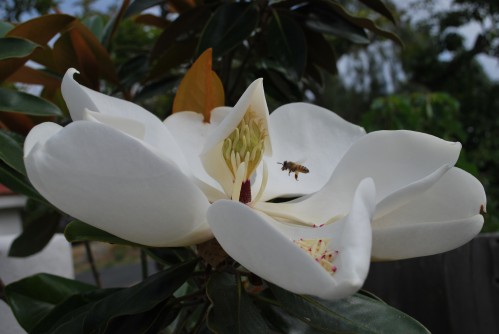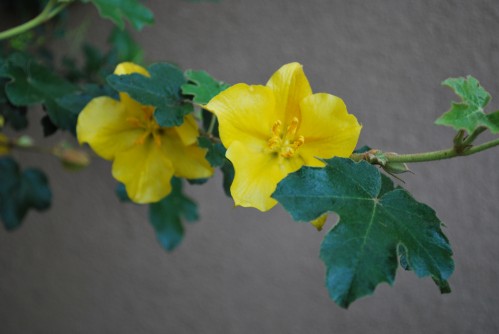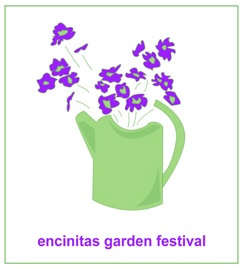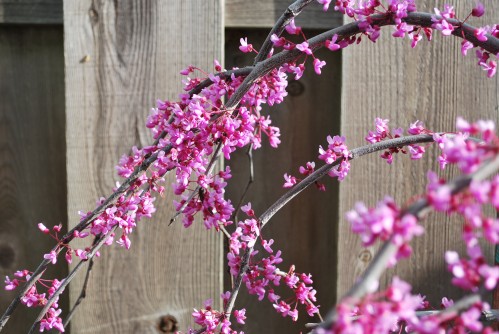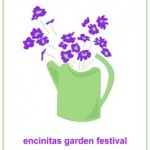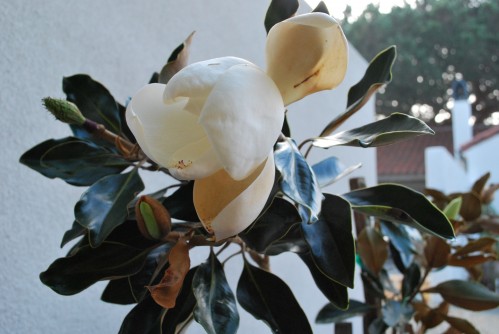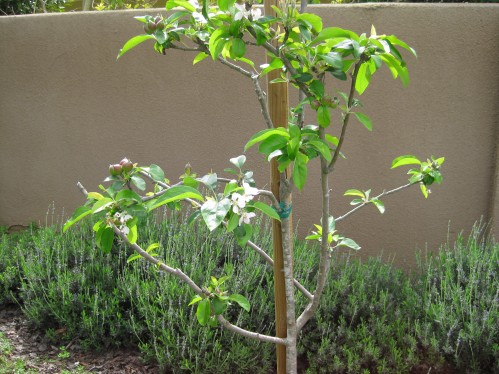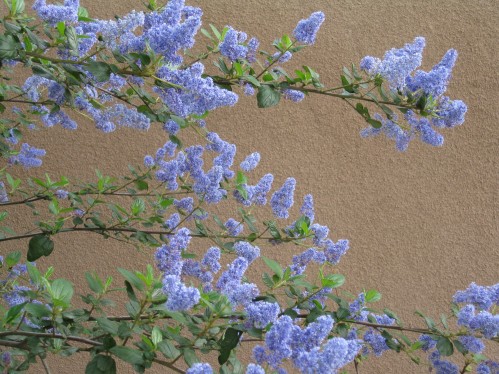 I am in the throes of landscaping my back garden this spring. One of my favorite new additions is the Podocarpus Icee Blue or also called Icee Blue Yellow-Wood, Podocarpus elongates "Monmal'. I love not only the striking blue-gray foliage, but the upright columnar form which is so distinct. I first saw this Podocarpus Icee Blue in a private garden in Oakland, California on a garden tour. Wow, it knocked my socks off. Notice how beautiful the blue-gray foliage looks against the brown color stucco of the house.
I am in the throes of landscaping my back garden this spring. One of my favorite new additions is the Podocarpus Icee Blue or also called Icee Blue Yellow-Wood, Podocarpus elongates "Monmal'. I love not only the striking blue-gray foliage, but the upright columnar form which is so distinct. I first saw this Podocarpus Icee Blue in a private garden in Oakland, California on a garden tour. Wow, it knocked my socks off. Notice how beautiful the blue-gray foliage looks against the brown color stucco of the house.
This is a slow growing conifer with fabulous upright structure. It thrives in USDA Zones 9-11, in partial to full sun. It likes regular watering, and more in extreme heat. The Podocarpus Icee Blue is slow growing to 15-25 feet, and 15-25 wide if you don't prune it. I find the Podocarpus Icee Blue readily available in local nurseries.
I have tall house edges I want to soften and necessary drain spouts that I want to hide. I wanted an upright tree that looked dynamite. Since it is so close to my house, I am planting these trees with root barrier material, as a precautionary measure, so I don't have to worry about the roots affecting my building foundation. I'm planting these trees against my white stucco home, which has a wine-colored trim appropriately called "Wild Raisin." I know the color combination is perfect for my home and garden setting.
The homeowner in Oakland planted her two Podocarpus Icee Blue in a container, as an option.
Please share if you have a special tree in your garden that you particularly enjoy. Please share if you have a Podocarpus Icee Blue in your garden.



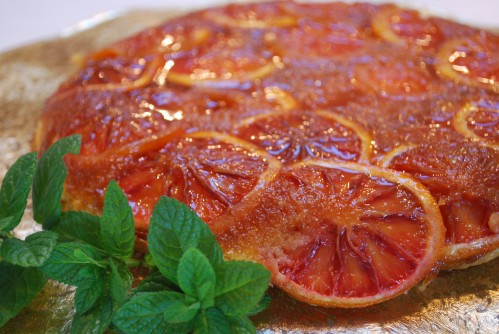 A few years ago I planted a Moro Blood Orange tree, after making this gorgeous
A few years ago I planted a Moro Blood Orange tree, after making this gorgeous 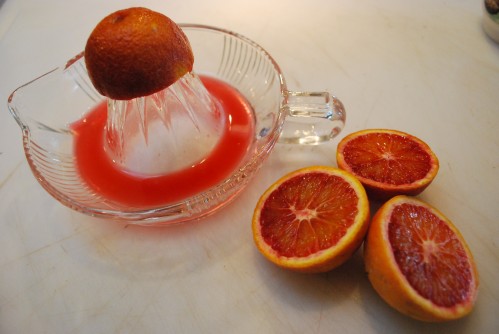
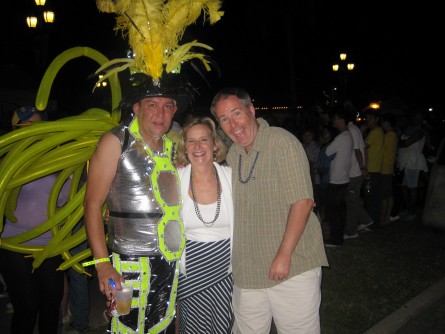 Recently, my husband John, and I had the opportunity to experience first hand the fun and excitement surrounding the celebration of the evening Carnival Parade in the streets of downtown Oranjestad, Aruba in the Dutch Carribean.
Recently, my husband John, and I had the opportunity to experience first hand the fun and excitement surrounding the celebration of the evening Carnival Parade in the streets of downtown Oranjestad, Aruba in the Dutch Carribean.